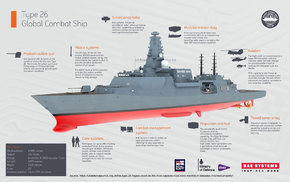I’m surprised that there are 7 frigates in refit or awaiting refit at Devonport (your link).This may help...
RFA Tidespring – another refit behind schedule? | Save the Royal Navy
Unfortunately, from within the shipbuilding circles that I work in, I had heard similar stories. Use of commercial build vessels is often a difficult thing for UK personnel to understand, as the quality is often very different from the almost bespoke finish to the majority of the UK RN fleet. However, knowing that the intent was always that the hulls would be manufactured elsewhere, the vessels sailed to the UK & then the 'limited weapons & comms fit-out' would be fitted in the UK, it is only to be expected that between the contract being placed & the vessels arriving in the UK, that some of the fit-out would have changed, with the knock on effect of delays. As stated earlier the fact the SK shipyard where the vessels were built went into meltdown & was bought out / saved by another business helped with the delays (circa 18 months, IIRC).
IMHO (& experience over the last 20 odd years) change happens on a regular basis across the fleet, as newly approved systems are deemed 'important', or as is often more the case, that someone within the customer community deems that a specific change needs to happen.
UK RN are very fortunate as a customer, in that they are treated differently to other navies across the planet.Similar things are not that regular across the globe, as once a contract is signed / agreed, the navy will only get EXACTLY what they have asked for. Any change over & above baseline design is at the cost of the Navy, often with protracted contract negotiations & lengthy time delays to boot.
I’m not sure how many T45s are currently active but considering the total number of hulls this is a shocking state of readiness for the RN.
What are all the crews doing or has the RN denuded the escorts to man the carriers or has recruitment plunged?
I don’t want to be critical as I thoroughly loved my time on exchange with the RN in the late 70s but the fact of having less than ten active escorts is catastrophic for Britain on multiple levels

